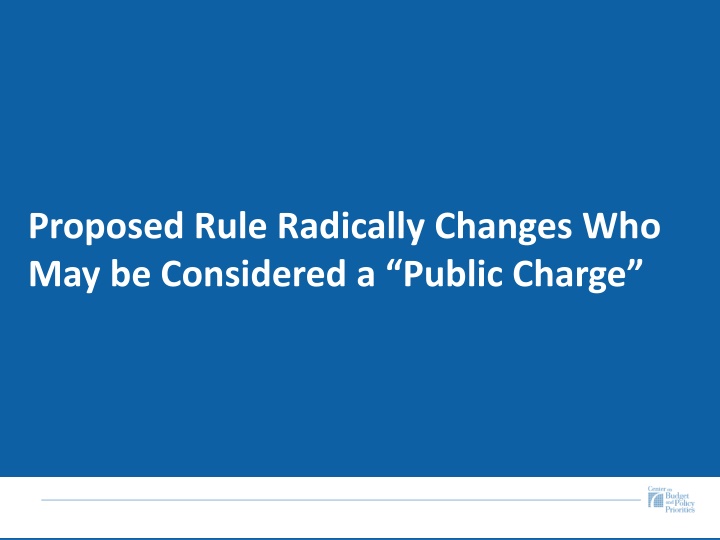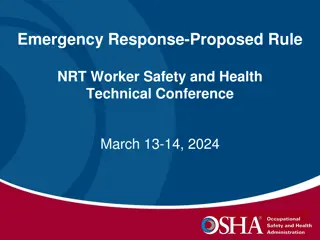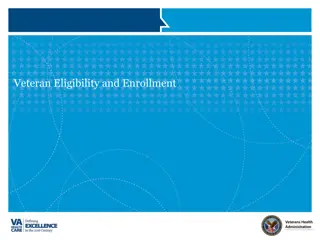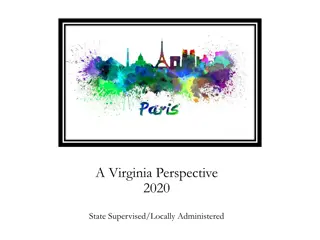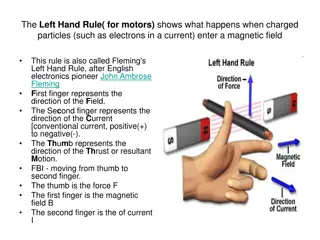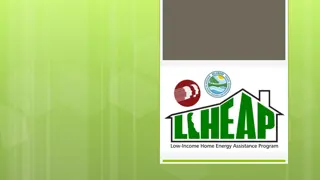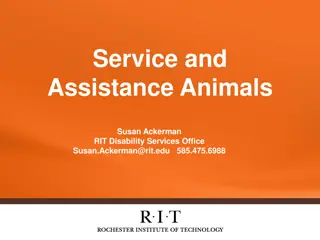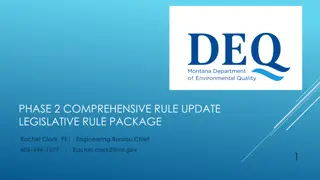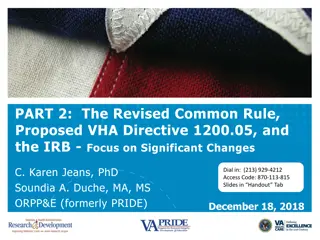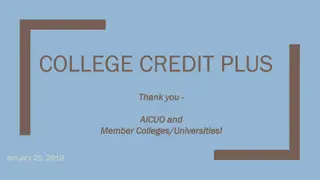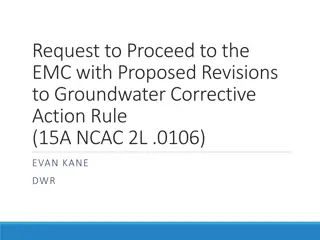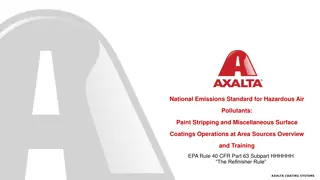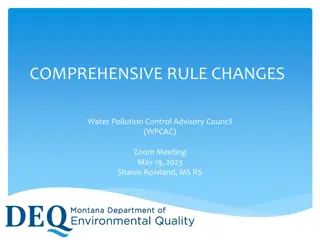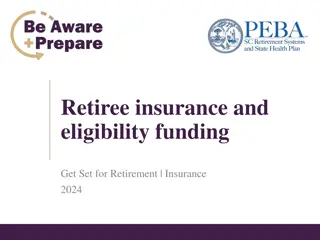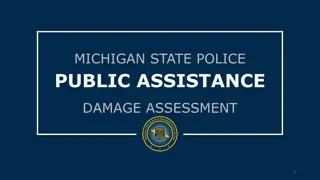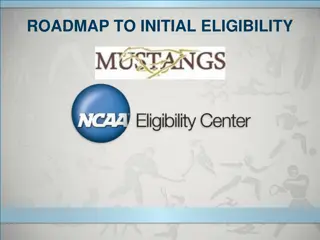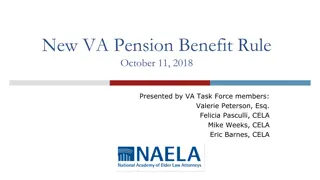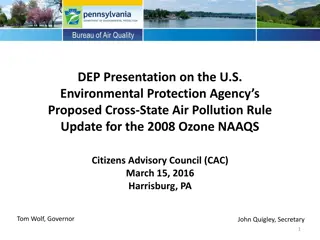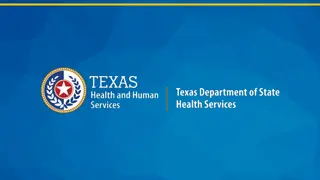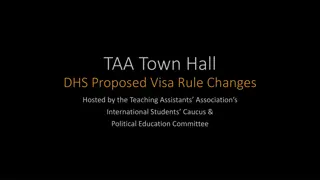Proposed Rule Changes: Impact on Public Assistance Eligibility
The proposed rule seeks to redefine who may be considered a public charge, affecting benefits like cash assistance, Medicaid, SNAP, and housing subsidies. Analyses indicate significant implications for U.S.-born citizens' benefit utilization rates, with implications for healthcare, food security, and housing stability.
Download Presentation

Please find below an Image/Link to download the presentation.
The content on the website is provided AS IS for your information and personal use only. It may not be sold, licensed, or shared on other websites without obtaining consent from the author.If you encounter any issues during the download, it is possible that the publisher has removed the file from their server.
You are allowed to download the files provided on this website for personal or commercial use, subject to the condition that they are used lawfully. All files are the property of their respective owners.
The content on the website is provided AS IS for your information and personal use only. It may not be sold, licensed, or shared on other websites without obtaining consent from the author.
E N D
Presentation Transcript
Proposed Rule Radically Changes Who May be Considered a Public Charge
At a Glance: Current vs. Proposed Definition of Public Charge Current Proposed Cash assistance, Medicaid (most), SNAP, housing assistance, Medicare Part D subsidies Cash assistance, Medicaid (LTC only) Benefits Considered Benefit Use Criteria Primarily dependent Modest use 1
Each year, nearly 3 in 10 U.S.-born citizens participate in benefit programs identified in proposed public charge definition Current Proposed ~5% of U.S.-born citizens used benefits considered1 29% of U.S.-born citizens used benefits considered1 2 1. Center on Budget and Policy Priorities analysis of Census Bureau data from the Current Population Survey and Supplemental Poverty Measure public use files, correcting for underreporting using the Department of Health and Human Services and Urban Institute Transfer Income Model, 2015. The analysis does not include Medicaid underreporting or account for use of low-income subsidies in the Medicare Part D program, which would capture additional U.S.-born citizens under the proposed rule
Most U.S.-born citizens will use at least one of the main benefits included in the proposed rule during their lifetime 1998 2014 Participation 40 to 50% of U.S.-born citizens used at least one of the benefit programs1 55 percent of children born from 1998 2014 in non-immigrant households used benefits considered under the proposed rule2 3 1. Center on Budget and Policy Priorities analysis of Urban Institute s evaluation of the Panel Study of Income Dynamics data, correcting for underreporting using the Department of Health and Human Services and Urban Institute Transfer Income Model, 2015 Center on Budget and Policy Priorities analysis of the Panel Study of Income Dynamics data, from the University of Michigan s Institute of Social Research 2.
16 percent of U.S. workers used benefits considered under the proposed rule in just one year1 Current Policy Proposed Rule 1% of U.S. workers used benefits considered 16% of U.S. workers used benefits considered Percentage of workers that used benefits considered, by industry 16% 13% Manufacturing All Workers 1% 0% 27% 19% Leisure & Hospitality Wholesale & Retail Trade 1% 1% 15% 14% Educational & Health Services Professional & Business 1% 1% Proposed Rule Current Policy 4 1. Center on Budget and Policy Priorities analysis of Census Bureau data from the Current Population Survey and Supplemental Poverty Measure public use files, correcting for underreporting using the Department of Health and Human Services and Urban Institute Transfer Income Model, 2015
More than 80 percent of the worlds population would struggle to pass the proposed rule s income test Percentage of population with income below $20 per person per day1 5 1. Center on Budget and Policy Priorities analysis of World Bank PovcalNet tool, using 2013 reference year and $20 / day poverty line
Questions or Comments? Please contact Shelby Gonzales, Director of Enrollment and Outreach Email: Gonzales@cbpp.org Phone: 202-325-8762 Twitter: @shelbytg74 6
